ROAD TO F1: Giovinazzi set to become F1's latest full-time F2 graduate
Following his promotion to the Sauber team for 2019 alongside Kimi Raikkonen, Antonio Giovinazzi becomes the latest in a long line of Formula 2 (formerly known as GP2) graduates to make it to the pinnacle of the sport. Check out the current and future F1 drivers who the young Italian now ranks alongside.
Next Up
Related Articles
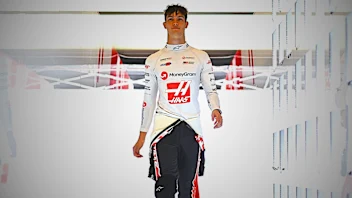 ExclusiveHow Bearman went from super-sub to star rookie in 2025
ExclusiveHow Bearman went from super-sub to star rookie in 2025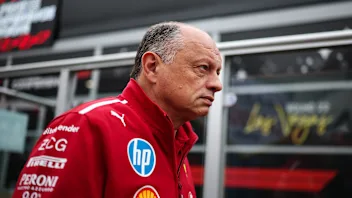 Vasseur says he misjudged impact of switching focus to 2026
Vasseur says he misjudged impact of switching focus to 2026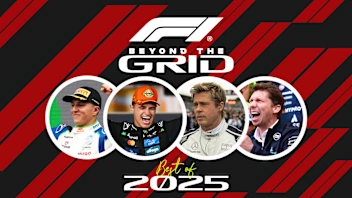 Beyond The GridThe best of 2025, from Norris’ evolution to Brad Pitt’s ‘need for speed’
Beyond The GridThe best of 2025, from Norris’ evolution to Brad Pitt’s ‘need for speed’ The most iconic recent championship celebrations
The most iconic recent championship celebrations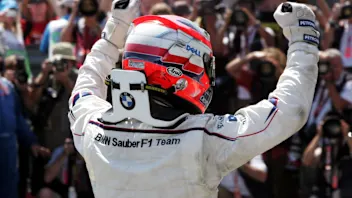 Tremayne'Why I’ll always have a soft spot for Sauber'
Tremayne'Why I’ll always have a soft spot for Sauber'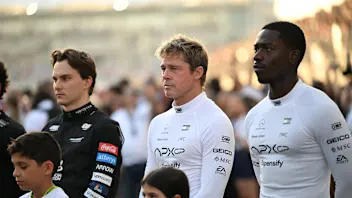 ExclusiveHow APXGP was brought to life by costume designer Julian Day
ExclusiveHow APXGP was brought to life by costume designer Julian Day